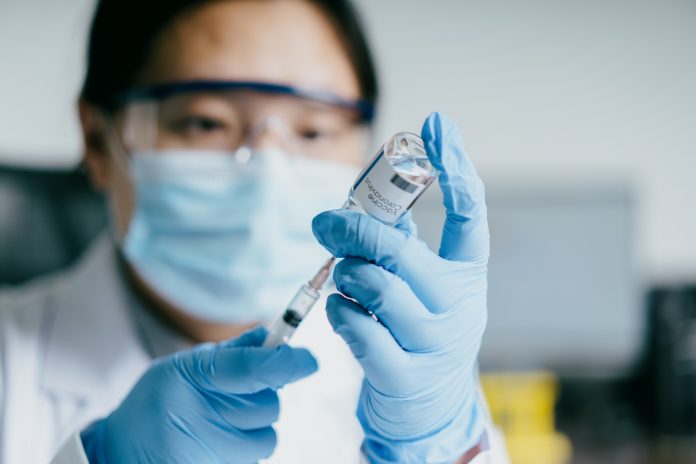
A €2.5 million grant has been awarded for development of a targeted ALS vaccine to contract vaccine developer Intravacc and the German Center for Neurodegenerative Diseases (DZNE). The candidate vaccine, which was first developed by DZNE researchers, aims to address the 5–10% of ALS cases caused by a mutation in the C9orf72 gene, the most common variant linked to the disease.
The funding comes from the European Union (an EIC Transition Grant) and supports further development of a prototype vaccine, including process development, scale-up, and toxicology studies to prepare the vaccine for clinical trials. Intravacc is a contract development and manufacturing organization of preventive and therapeutic vaccines.
Dieter Edbauer, group leader at DZNE, said, “Before we can test this approach in ALS patients, we need to establish clinical grade production of our vaccine and do further safety studies. We are grateful that the EU supports this development with the EIC Transition Grant. All in all, we hope that with the help of Intravacc, results from this joint project will advance the broad application of vaccines in debilitating neurodegenerative diseases.“
ALS is a fatal neurodegenerative disease that is triggered by protein aggregation in the brain and spinal cord motor neurons that leads to paralysis and ultimately to death. It causes progressive paralysis, with death typically within two to five years of diagnosis. The disease usually occurs in people between 40–70 years old, with men affected slightly more often than women.
To date, there is no cure for ALS. Current therapies can only alleviate symptoms, but don’t stop neuron loss and disease progression. ALS is rare (prevalence of about 2 per 1000 people in US) and has multifactorial etiology. In most of patients (85-90%), the cause of the disease is unknown.
In the 5–10% of ALS cases caused by a mutation in C9orf72, patients carry a massively expanded repeat region in an otherwise silent part of this gene. Edbauer’s group discovered that these extra sequences are translated into toxic proteins, most often large chain-like molecules called poly-Glycine-Alanine (poly-GA). These molecules trigger downstream pathology in mouse models, ultimately causing neurons to die.
DZNE then developed an experimental vaccine that instructs the immune system to produce antibodies against these harmful poly-GA molecules. In a mouse model, this reduces poly-GA aggregates and largely prevents motor deficits. Regular vaccination is required to maintain sufficient antibody levels.
In humans, over 2,500 prevalent C9orf72 ALS cases have been reported in the U.S., and Europe alone. An estimated 9,000 mutation carriers who currently show no symptoms but are at risk to develop disease within 10 years could also benefit from this approach. Similar vaccine concepts could perhaps even help patients that develop a related disease, called frontotemporal dementia, which has variants in common with ALS.
Jan Groen, Intravacc’s CEO, said, “There is an unmet need for effective, disease-modifying therapies to treat ALS patients. The goal of our current project is to develop the vaccine to the point where it can be tested in humans.”
He added that, “Clinical trials for C9orf72 ALS, which is the most common genetic variant of ALS, are expected to commence in 2025. Our experience in developing similar conjugate vaccines for infectious diseases will greatly accelerate the preclinical development and support the start of the first ever in human ALS vaccine clinical trial.”













